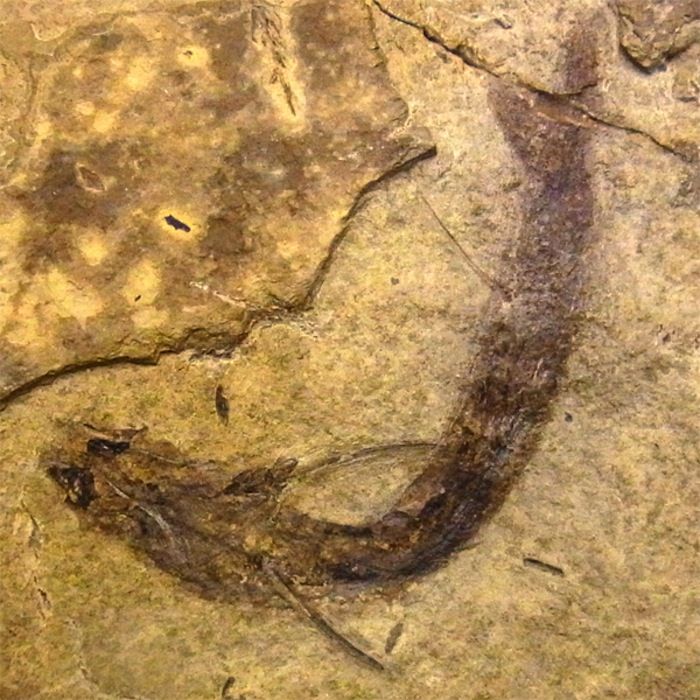Ancient Eye Cells Suggest Color Vision Is 300 Million Years Old

Fossilized rod and cone cells — the kinds that help people see — have been discovered for the first time, researchers say.
The finding reveals that such eye cells have existed for at least 300 million years, and that the ancient fish they were discovered in likely saw in color, according to the study's scientists.
Human vision depends on pigments that absorb light. These pigments lie inside cells known as rods and cones. Cones are sensitive to color and also help perceive fine detail and rapid changes. Rods are more sensitive to light than cones, but are not sensitive to color, and are responsible for peripheral and night vision. Both rods and cones are found in a layer of tissue in the back of the eye known as the retina. [Vision Quiz: What Can Animals See?]
Myllokunmingia may be one of the earliest known creatures with a backbone, and this creature may have possessed a rudimentary cameralike eye, which suggests vision dates back at least 520 million years. However, much remains unknown about the evolution of vision, since the soft tissue of the eye usually decays rapidly after death.
To learn more about the evolution of vision, scientists analyzed an exceptionally well-preserved 300-million-year-old fossil specimen of a fish called Acanthodes bridgei. The fossil was excavated from Kansas and is kept at the National Museum of Nature and Science in Tokyo. The fish, which reached up to about 4 inches (10 centimeters) long, is the last known common ancestor of modern jawed fishes, including fishes with bony skeletons, such as barracudas, and cartilage skeletons, such as sharks.
The researchers discovered the first record of fossilized rod cells and cone cells in this fish.
"Rods and cones are not usually preserved, because these soft tissues are more fragile," said lead study author Gengo Tanaka, a paleontologist at Kumamoto University in Japan.
Sign up for the Live Science daily newsletter now
Get the world’s most fascinating discoveries delivered straight to your inbox.
The scientists also found granules in the fossil that, based on the similarity of their chemistry, size and shape to particles found in modern fish eyes, are made of eumelanin, a pigment that absorbs light and helps animals see.
A. bridgei is thought to have lived in shallow waters, through which most of the colors visible to humans from sunlight may have been also visible to the fish. As such, color vision could have proved invaluable for the fish — for instance, helping it spot predators and food.
By analyzing fossilized vertebrate eyes like this specimen, "we can reconstruct what colors extinct animals — example, dinosaurs — could see," Tanaka told Live Science.
The scientists detailed their findings online today (Dec. 23) in the journal Nature Communications.
Follow us @livescience, Facebook & Google+. Original article on Live Science.











